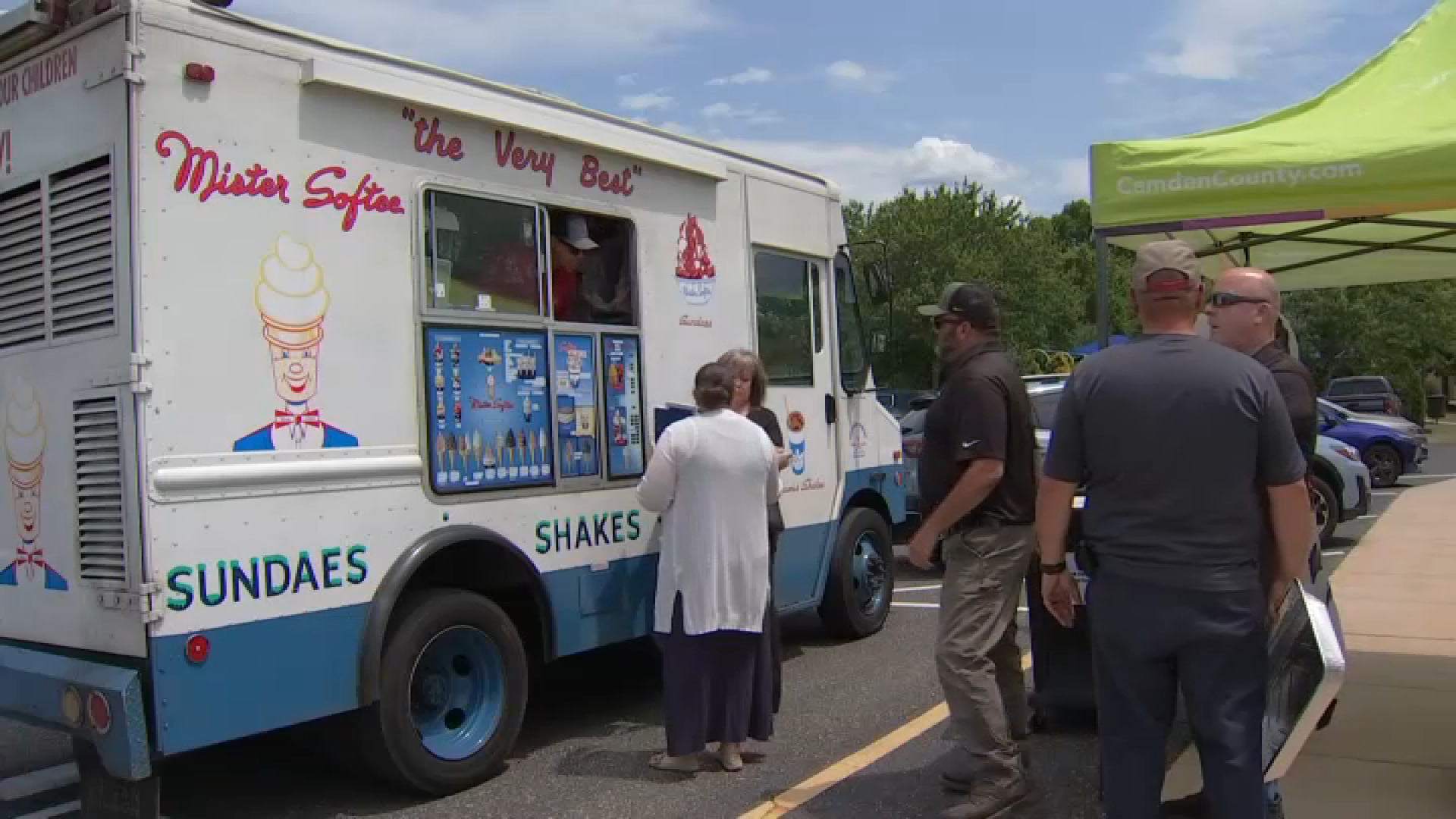What to Know
- “Today, buses in New York City are slow, unreliable, and getting worse,” the Bus Turnaround Coalition says
- The group rated the city's bus routes and three quarters of them failed or nearly failed
- The group says transit officials need to rethink the city's bus routes and redesign buses and city streets to make service more efficient
Fewer people are riding New York City buses because they’re painfully slow and unreliable, according to a report card of the city’s bus routes by an advocacy group.
Nearly 75 percent of the city’s 246 bus routes got failing or barely passing grades in the new report card by the Bus Turnaround Coalition.
With more than two million bus rides taken each weekday, that’s a lot of disrupted lives, the group says.
Riders who shared their stories with the group said buses are often slow, late, unreliable, and crowded. They also complained about how long it takes to board buses and the amount of time buses spend stuck in traffic.
The Bus Turnaround Coalition says poor service has led to an 18 percent drop in ridership between 2002 and 2016.
The average bus speed fell to just under seven miles per hour last year, according to the group. In Manhattan, it was just five miles per hour.
Manhattan had the most striking report card. In the borough, 36 of the 43 bus routes scored an F – a whopping 83 percent. The only bus route to score above a D was the M60+, which got a C.
Things weren’t much better in Brooklyn, where 49 of the borough’s 56 bus routes scored a D or F; or in the Bronx, where 36 of the 44 bus routes scored a D or F.
Only two of the 246 bus routes surveyed got an A rating: the BX29 in the Bronx and the Q35 in Queens.
Local
The group lays out six primary solutions for fixing the bus system: redesigning the bus network and routes; transforming how riders get on and off buses; redesigning streets to prioritize buses; adopting better methods to keep buses on schedule; making buses easy and intuitive to use; and increasing transparency about bus performance.
The group says transit officials need to be open to redesigning routes based on the needs of today’s riders. It say buses must be designed to encourage faster movement of passengers in and out of them.
The group also encourages the creation of more bus-only lanes and the implementation of traffic signals that reduce the time buses spend at red lights.
On top of that, the group says buses need to be “more welcoming” and more intuitive to use, and it says there needs to be increased transparency about bus performance so that riders can better assess service quality.
The reportedly poor state of the city’s buses comes as the MTA deals with the subway’s aging infrastructure and the Long Island Rail Road’s worsening delays and cancellations.
In a comment to NBC 4 on Thursday, NYC Transit President Andy Byford said “getting our buses moving again is absolutely essential.”
“Working with our partners at the City to unclog the streets and improve bus lanes, we are committed to delivering for our riders,” Byford said in the statement, adding that he has explicitly made buses one of his four equal priorities.



